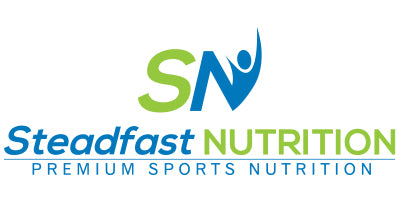The ageing is accompanied by a decline of physical capacities, which further gets accentuated by an inactive lifestyle. Also, low physical activity is reported to accelerate the ageing process by alteration of muscular, cardiorespiratory and metabolic capacities.
The lifestyle gradually leads to conditions associated with ageing like sarcopenia (i.e. loss of muscle protein and muscle mass), osteoporosis and more.
The three know nutrition challenges faced due to ageing:-
- A gradual reduction in energy intake with ageing
- Anabolic resistance and need for increased protein
- Metabolic crisis
Master athletes (≥ 40 years old) consider ageing differently. As these healthy senior athletes train themselves regularly throughout life, strive to maintain their performance level as long as they can. This article aims to analyse the nutritional strategies for healthy and active ageing.
Challenges faced by master athletes
Dietary habits of master athletes
A balanced diet is paramount for everybody, especially among athletes as the increase in energy expenditure and to maintain energy balance for normal physiological functioning.
The maintenance of energy balance allows athletes to recover after training sessions, adapt training load and maintain body composition. A calorie deficit leads to muscle loss, wearing of the immune system and reduction in the training intensity.
The physiological changes associated with ageing requires modification in the master athletes’ diet.
The macronutrient intake of master athletes is higher than the RDA for non-active elderly people, with +46% for protein, an additional 34% for fat and 13% for carbohydrates. However, studies suggested that master athletes had less energy intake and it affected their recovery capacity.
As the RMR decreases with age, decreased lean body mass and reduced skeletal muscle protein turnover are the main factors responsible for this gradual decline in RMR with ageing.
Anabolic resistance with ageing
The protein metabolism is dependent on the fluctuations of anabolic and catabolic reactions regulated through dietary intake. It is important to have 20 gm of protein every 2-3 hours, to stimulate protein synthesis and maintain an elevated level of anabolism.
Period of metabolic crisis with ageing
The ageing process is accompanied by a decrease in muscle mass after the age of 30 years, especially if you don’t do resistance activity, and reduced availability of certain nutrients, especially protein.
Nutritional Strategies for master athletes
- The energy availability should be maintained above 30 kcal/kg LBM/day to allow good adaptation to training and stay in good health.
-Suggested to have carbohydrate (< 2.5 g/kg/day) for resting or easy training days
- Protein intake should be at every 3-4 hours and leucine should be the preferred amino acid.
- Fat intake should be moderate i.e. 1-1. 5 g/kg/day.
Therefore, master athletes can combat ageing better if they maintain proper nutrition along with appropriate physical activity, especially resistance training.
REFERENCES
- Louis, Julien., et al. (2019).Nutrition for master athletes: from challenges to optimisation strategies.Movement & Sport Sciences - Science & Motricité, 104, 45–54
- Areta, J.L., Burke, L.M., Ross, M.L., Camera, D.M., West, D. W., Broad, E.M., Jeacocke, N.A., Moores, D.R., Stelling- werff, T., Phillips, S.M., Hawley, J.A., & Coffey, V.G. (2013). Timing and distribution of protein ingestion during prolonged recovery from resistance exercise alters myofibrillar protein synthesis. [Randomized Controlled Trial Research Support, Non-U.S. Gov’t]. The Journal of Physiology, 591(9), 2319– 2331. DOI: 10.1113/jphysiol.2012.244897.

